Home>Gardening & Outdoor>Pool & Spa Care>How To Repair Hot Tub
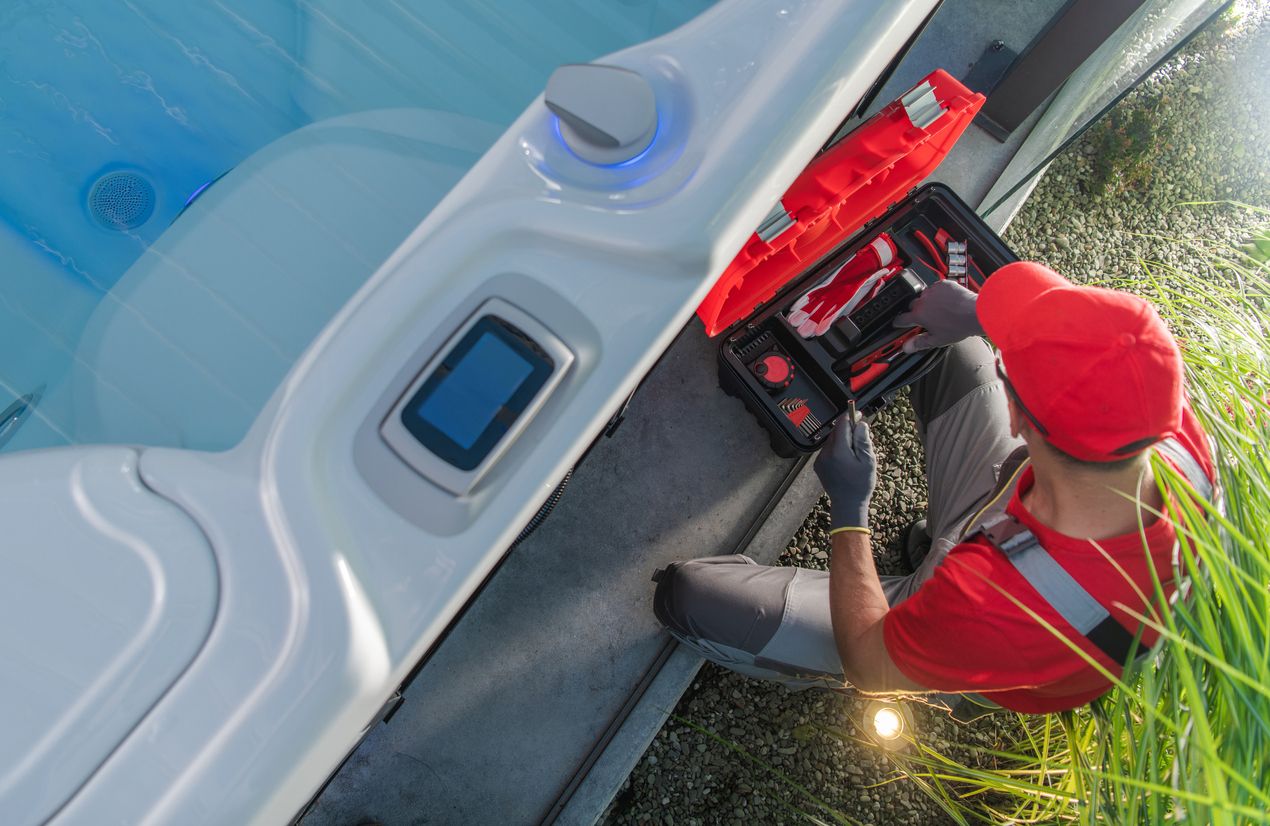

Pool & Spa Care
How To Repair Hot Tub
Modified: October 20, 2024
Learn how to repair your hot tub with our expert pool and spa care tips. Get step-by-step instructions for troubleshooting and fixing common hot tub issues.
(Many of the links in this article redirect to a specific reviewed product. Your purchase of these products through affiliate links helps to generate commission for Storables.com, at no extra cost. Learn more)
Introduction
Welcome to the world of luxurious relaxation and hydrotherapy – hot tubs are the epitome of comfort and rejuvenation. However, like any mechanical system, hot tubs may encounter issues that require repair. Whether it’s a malfunctioning pump, a leaky seal, or an erratic heating system, knowing how to troubleshoot and repair your hot tub can save you time and money.
In this guide, we will delve into the essential steps for repairing a hot tub, from assessing the problem to conducting repairs and performing thorough testing. By the end, you’ll feel confident in addressing common hot tub issues and ensuring that your oasis of warmth and serenity remains in top condition.
Key Takeaways:
- Keep your hot tub in top condition by regularly assessing, repairing, and testing for leaks, component malfunctions, and water chemistry. Prioritize safety and thorough maintenance for a long-lasting oasis of relaxation.
- Gather essential tools and materials for hot tub repair, including wrenches, sealant, replacement parts, and test strips. Assess, repair, and test your hot tub systematically to ensure optimal performance and longevity.
Read more: How To Keep Hot Tub Hot In Winter
Tools and Materials Needed
Before embarking on any hot tub repair, it’s crucial to gather the necessary tools and materials. Having these items on hand will streamline the repair process and ensure that you can address the issue effectively. Here’s a comprehensive list of what you’ll need:
Tools:
- Adjustable wrench
- Screwdrivers (flathead and Phillips)
- Pliers
- Socket set
- Wire cutters/strippers
- Multimeter (for electrical testing)
- Pipe wrench
- Teflon tape
- Sealant applicator (caulking gun)
- Utility knife
- Vacuum (wet/dry) for water removal
- Scrub brush
Materials:
- Replacement parts (specific to the issue)
- PVC primer and cement
- Thread sealant
- Silicone sealant
- Replacement filter
- Test strips for water analysis
- Owner's manual or schematic diagrams
Having these tools and materials readily available will empower you to address a wide range of hot tub repairs, from simple fixes to more complex issues. Additionally, always prioritize safety by disconnecting the power supply and following proper shutdown procedures before initiating any repair work.
Assessing the Problem
Before diving into the repair process, it’s essential to conduct a thorough assessment of your hot tub to pinpoint the source of the issue. By methodically evaluating the symptoms and components, you can effectively diagnose the problem and devise a targeted repair plan. Here are the key steps to assess the hot tub problem:
1. Visual Inspection: Start by visually examining the hot tub’s exterior and interior components. Look for visible leaks, damaged or corroded parts, and any abnormalities in the water circulation system.
2. Functional Testing: Turn on the hot tub and observe its operation. Check if the jets are functioning properly, the water temperature is reaching the set level, and the filtration system is running smoothly. Note any irregularities or malfunctions.
3. Water Analysis: Use water test strips to analyze the chemical balance of the hot tub water. Imbalanced pH levels or inadequate sanitizer levels can lead to various issues, such as corrosion, scale buildup, or cloudy water.
4. Electrical Assessment: If the problem pertains to the hot tub’s electrical components, use a multimeter to test for voltage, continuity, and potential shorts. Always exercise caution when working with electrical systems and, if unsure, consult a professional electrician.
5. Component Inspection: Inspect specific elements such as the pump, heater, filter, and plumbing connections for signs of wear, damage, or blockages. Identifying these issues will guide your repair efforts.
By meticulously evaluating these aspects, you can gain a comprehensive understanding of the hot tub’s condition and the underlying problem. This diagnostic approach will enable you to proceed with targeted repairs, thereby enhancing the efficiency and efficacy of the repair process.
Read more: How To Turn On Hot Spring Hot Tub
Repairing the Hot Tub
Once you’ve assessed the hot tub and identified the specific issue, it’s time to initiate the repair process. Whether it’s addressing a leak, replacing a malfunctioning component, or resolving an electrical issue, the following steps will guide you through the repair process:
1. Addressing Leaks: If you’ve detected a leak, carefully inspect the area to determine the source. Common culprits include damaged seals, cracked plumbing, or deteriorated fittings. Use a sealant applicator to repair minor leaks, while more extensive issues may require replacing components or resealing connections.
2. Component Replacement: For malfunctioning components such as the pump, heater, or control panel, refer to the hot tub’s manual or schematic diagrams to identify the specific part. Unplug the hot tub and follow proper safety procedures before replacing the component. Ensure that the replacement part is compatible and install it according to the manufacturer’s guidelines.
3. Electrical Troubleshooting: If the issue pertains to the electrical system, exercise caution and, if needed, seek assistance from a qualified electrician. Check for loose connections, damaged wires, or faulty components. Always adhere to safety protocols when working with electrical systems to prevent hazards.
4. Plumbing Repairs: Clogged or damaged plumbing can impede water circulation and lead to operational issues. Use a pipe wrench to disassemble and inspect the plumbing connections, removing any obstructions and replacing damaged sections as needed. Apply thread sealant and Teflon tape when reassembling the plumbing to prevent leaks.
5. Seal and Insulate: As part of the repair process, ensure that all seals, gaskets, and insulation are in optimal condition. Address any deteriorated seals or insulation to prevent heat loss, water leaks, and potential damage to the hot tub’s structure.
Throughout the repair process, refer to the hot tub’s manual, online resources, or seek guidance from professional technicians if you encounter complex issues. Prioritize safety, follow proper shutdown procedures, and take a systematic approach to the repairs to ensure a successful outcome.
Testing the Hot Tub
After completing the necessary repairs, it’s crucial to conduct comprehensive testing to ensure that the hot tub operates optimally and safely. Thorough testing not only validates the effectiveness of the repairs but also verifies the overall functionality of the hot tub. Here’s a systematic approach to testing the hot tub:
1. Filling and Priming: If the repairs involved draining the hot tub or disassembling components, begin by refilling the tub with water. Prime the pump and ensure that all air is purged from the system to prevent airlocks that can impede water circulation.
2. Powering Up: Gradually power up the hot tub, ensuring that all electrical connections are secure and the control panel displays the appropriate indicators. Monitor for any unusual sounds, vibrations, or error codes that may indicate lingering issues.
3. Functional Testing: Activate the jets, heater, and filtration system to verify their proper operation. Observe the water temperature, pressure from the jets, and the clarity of the water. Address any anomalies promptly to prevent further complications.
4. Water Chemistry Analysis: Use water test strips to analyze the chemical balance of the hot tub water. Ensure that the pH, sanitizer levels, and alkalinity are within the recommended range. Adjust the water chemistry as needed to maintain a healthy and balanced environment.
5. Leak Inspection: Carefully examine the hot tub and its surrounding area for any signs of leaks. Check the plumbing connections, seals, and components that were repaired or replaced. Address any persistent leaks immediately to prevent water damage and operational issues.
6. Temperature and Time Test: Monitor the hot tub’s temperature over an extended period to confirm that the heating system functions consistently. This test ensures that the hot tub can maintain the desired temperature without fluctuations or irregularities.
By conducting these meticulous tests, you can verify that the repairs have effectively resolved the initial issues and that the hot tub operates reliably. Address any remaining concerns promptly and keep a record of the repairs and tests performed for future reference.
Regularly clean and maintain your hot tub to prevent issues. Check for leaks, clean the filters, and balance the water chemistry to keep it in good condition.
Maintenance Tips
Maintaining your hot tub is essential for preserving its performance, longevity, and the quality of your relaxation experience. By adhering to a proactive maintenance routine, you can prevent potential issues and ensure that your hot tub remains a source of comfort and enjoyment. Here are valuable maintenance tips to uphold the optimal condition of your hot tub:
1. Regular Cleaning: Establish a consistent schedule for cleaning the hot tub’s interior, including the surfaces, jets, and filters. Use a mild, non-abrasive cleaner to remove dirt, oils, and debris. Additionally, clean the cover and the surrounding area to prevent contaminants from entering the water.
2. Water Care: Test the hot tub water regularly using test strips to monitor the pH, sanitizer levels, and alkalinity. Maintain balanced water chemistry by adjusting the chemical levels as needed. Drain and refill the hot tub every few months to refresh the water and prevent the buildup of dissolved solids.
3. Filter Maintenance: Clean or replace the hot tub filter according to the manufacturer’s recommendations. A clogged or dirty filter can impede water circulation and strain the pump, leading to reduced efficiency and potential damage. Regular filter maintenance is crucial for optimal performance.
4. Inspect Seals and Components: Periodically inspect the seals, gaskets, and plumbing connections for signs of wear, damage, or leaks. Address any issues promptly to prevent water loss, heat escape, and potential structural damage. Additionally, check the integrity of electrical connections and components to ensure safe operation.
5. Winterization: If you live in a region with cold winters, properly winterize your hot tub to protect it from freezing temperatures. Drain the water, remove any residual moisture, and insulate the tub to prevent damage from freezing. Follow the manufacturer’s guidelines for winterizing your specific hot tub model.
6. Professional Servicing: Schedule routine inspections and servicing by qualified technicians to assess the hot tub’s condition, address potential issues, and perform maintenance tasks that require specialized expertise. Professional servicing can prolong the lifespan of your hot tub and ensure its optimal performance.
By integrating these maintenance tips into your hot tub care regimen, you can uphold its functionality, extend its longevity, and enjoy a consistently satisfying hydrotherapy experience. Prioritize proactive maintenance to minimize the need for extensive repairs and to maximize the enjoyment derived from your hot tub.
Conclusion
Repairing and maintaining your hot tub is a rewarding endeavor that not only ensures its longevity but also enhances your relaxation and well-being. By equipping yourself with the knowledge and tools necessary for hot tub repair, you can address issues promptly and effectively, thereby preserving the comfort and functionality of your oasis of warmth and tranquility.
From assessing the problem to conducting repairs and implementing a proactive maintenance routine, each step plays a pivotal role in sustaining the optimal condition of your hot tub. By adhering to these guidelines, you empower yourself to troubleshoot and resolve common hot tub issues while fostering a safe and enjoyable hydrotherapy environment.
Remember, safety should always be a top priority when working on your hot tub, especially when dealing with electrical components and plumbing systems. When in doubt, seek professional assistance to ensure that repairs and maintenance tasks are carried out with precision and care.
As you embark on your hot tub repair and maintenance journey, approach each task with patience, attention to detail, and a commitment to excellence. By doing so, you’ll not only prolong the life of your hot tub but also elevate the quality of your leisure time and relaxation.
Embrace the art of hot tub care, and revel in the soothing embrace of your meticulously maintained oasis. With dedication and knowledge, you can ensure that your hot tub remains a source of rejuvenation and indulgence for years to come.
Frequently Asked Questions about How To Repair Hot Tub
Was this page helpful?
At Storables.com, we guarantee accurate and reliable information. Our content, validated by Expert Board Contributors, is crafted following stringent Editorial Policies. We're committed to providing you with well-researched, expert-backed insights for all your informational needs.

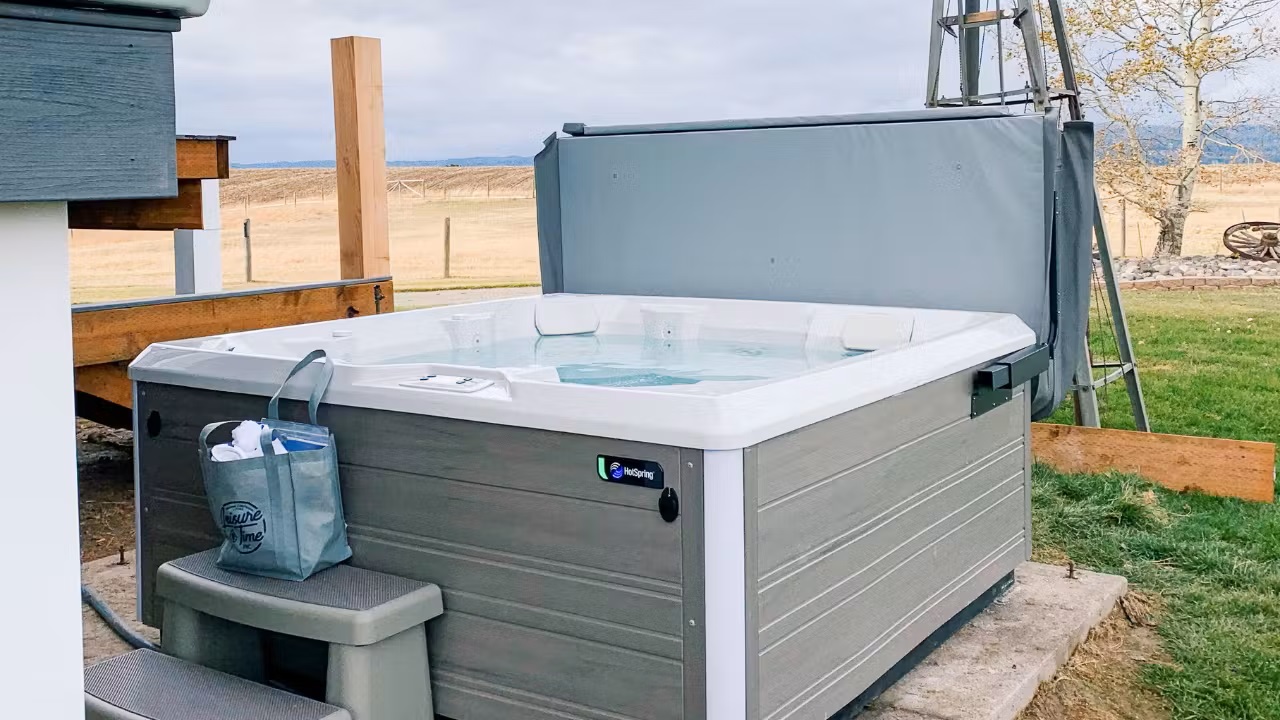
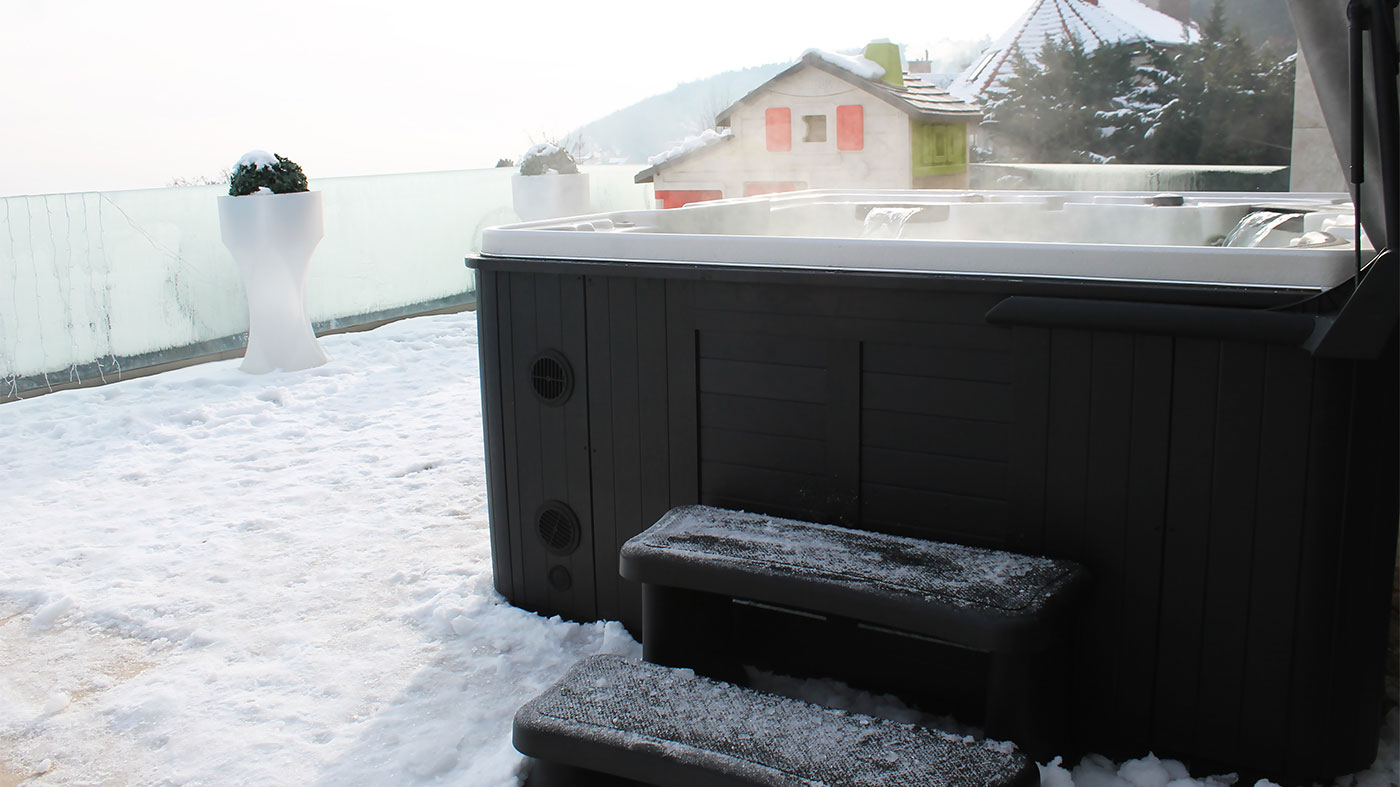
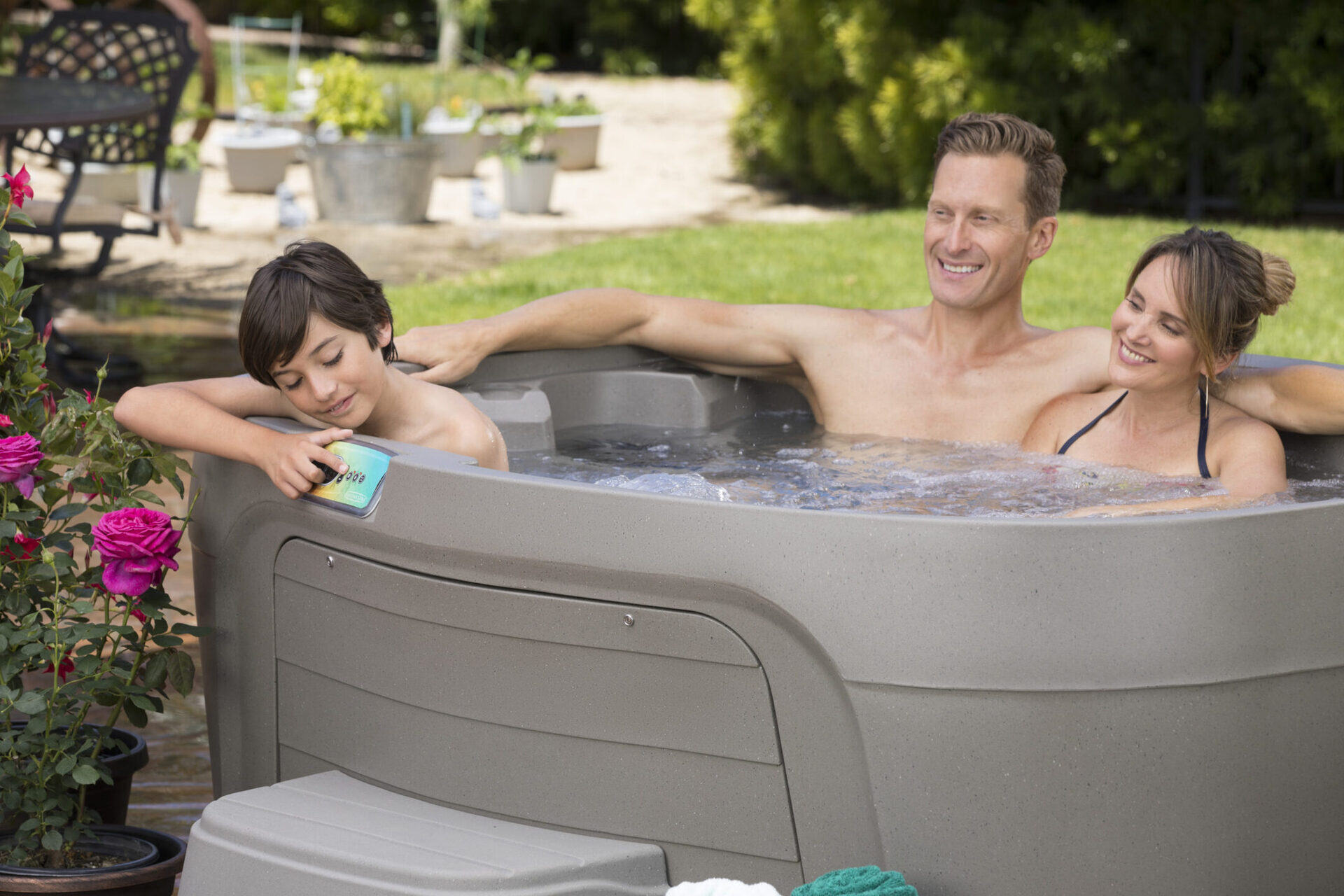
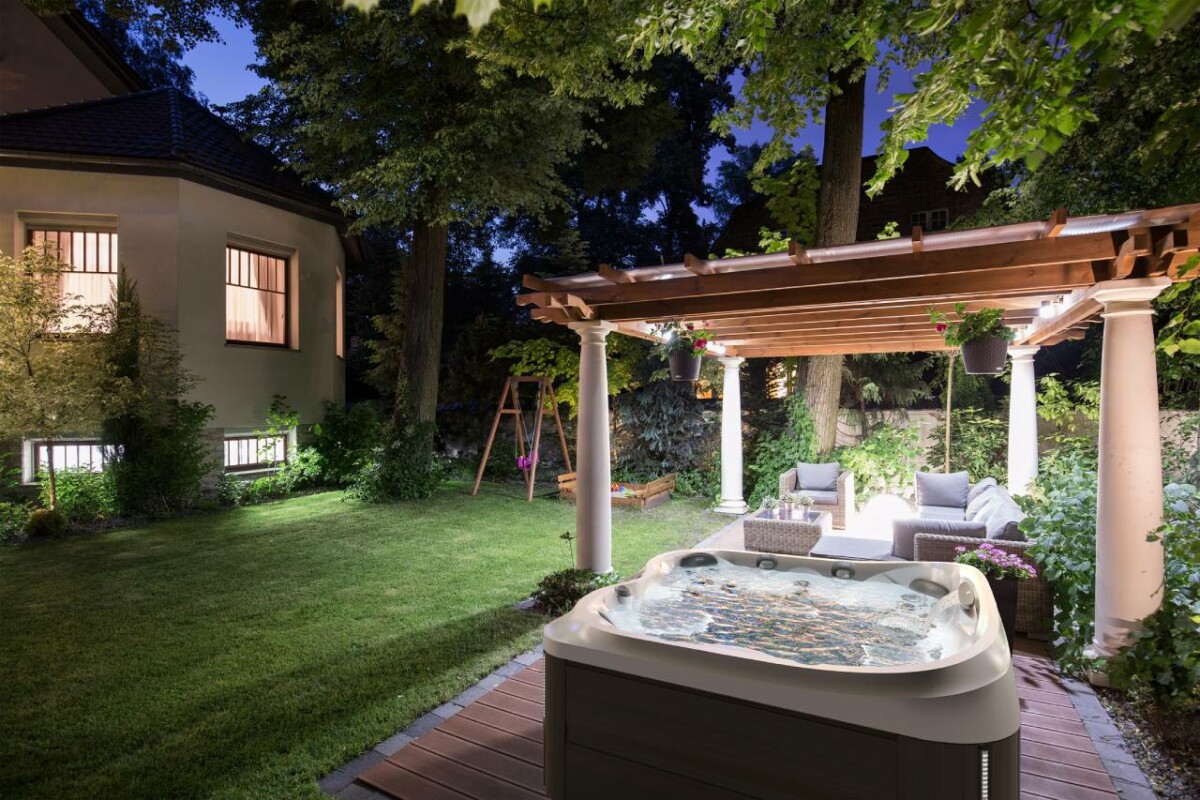
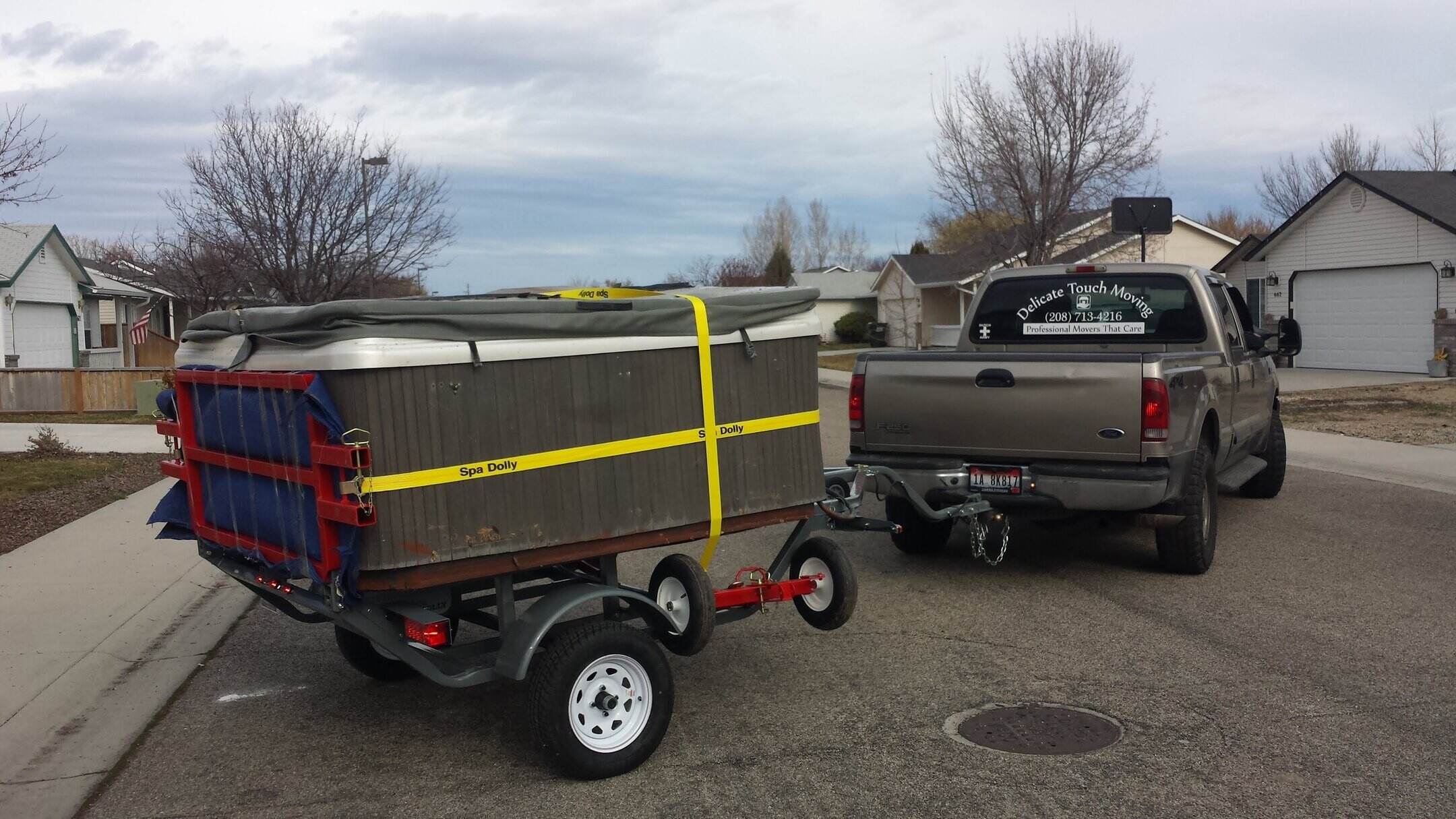
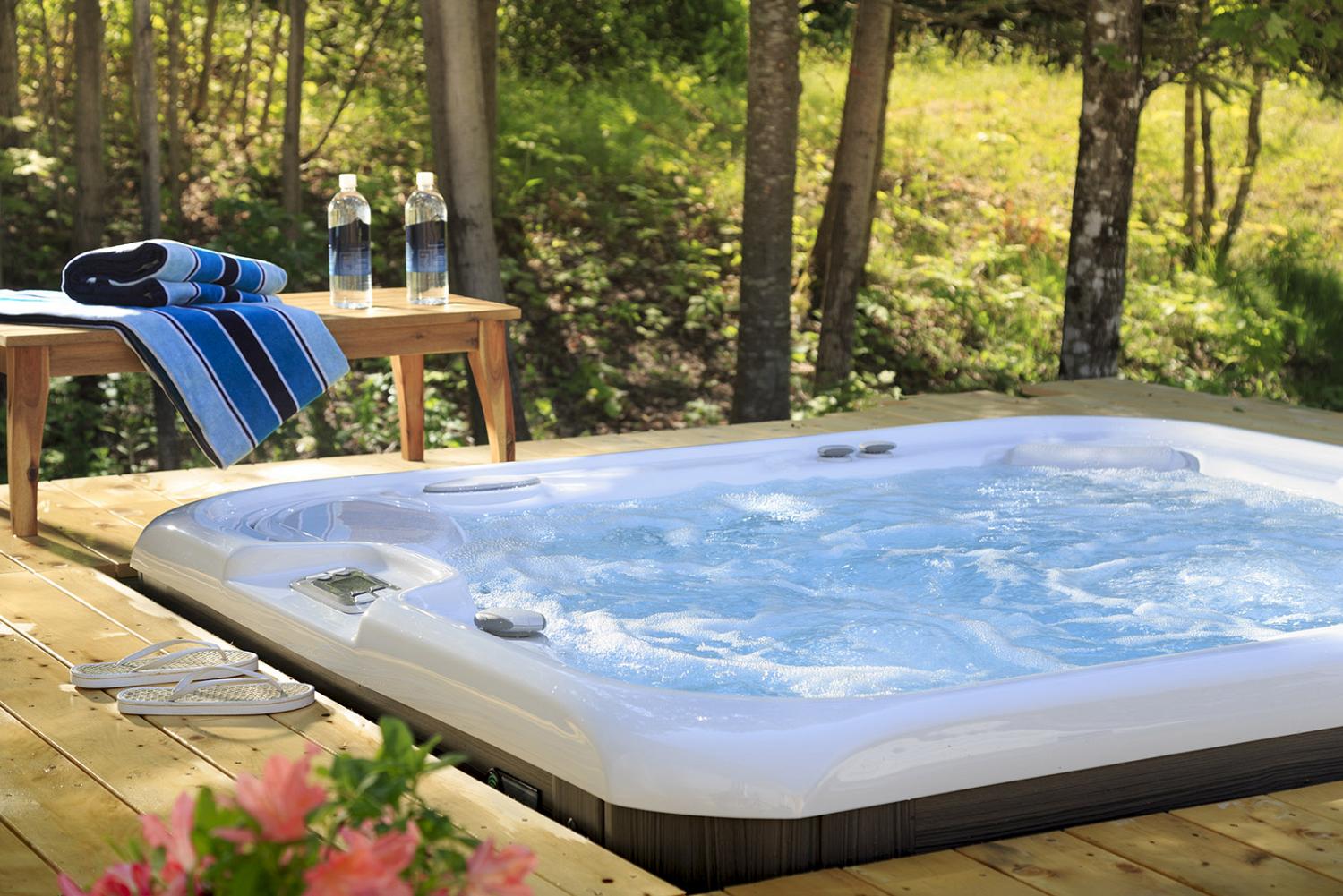
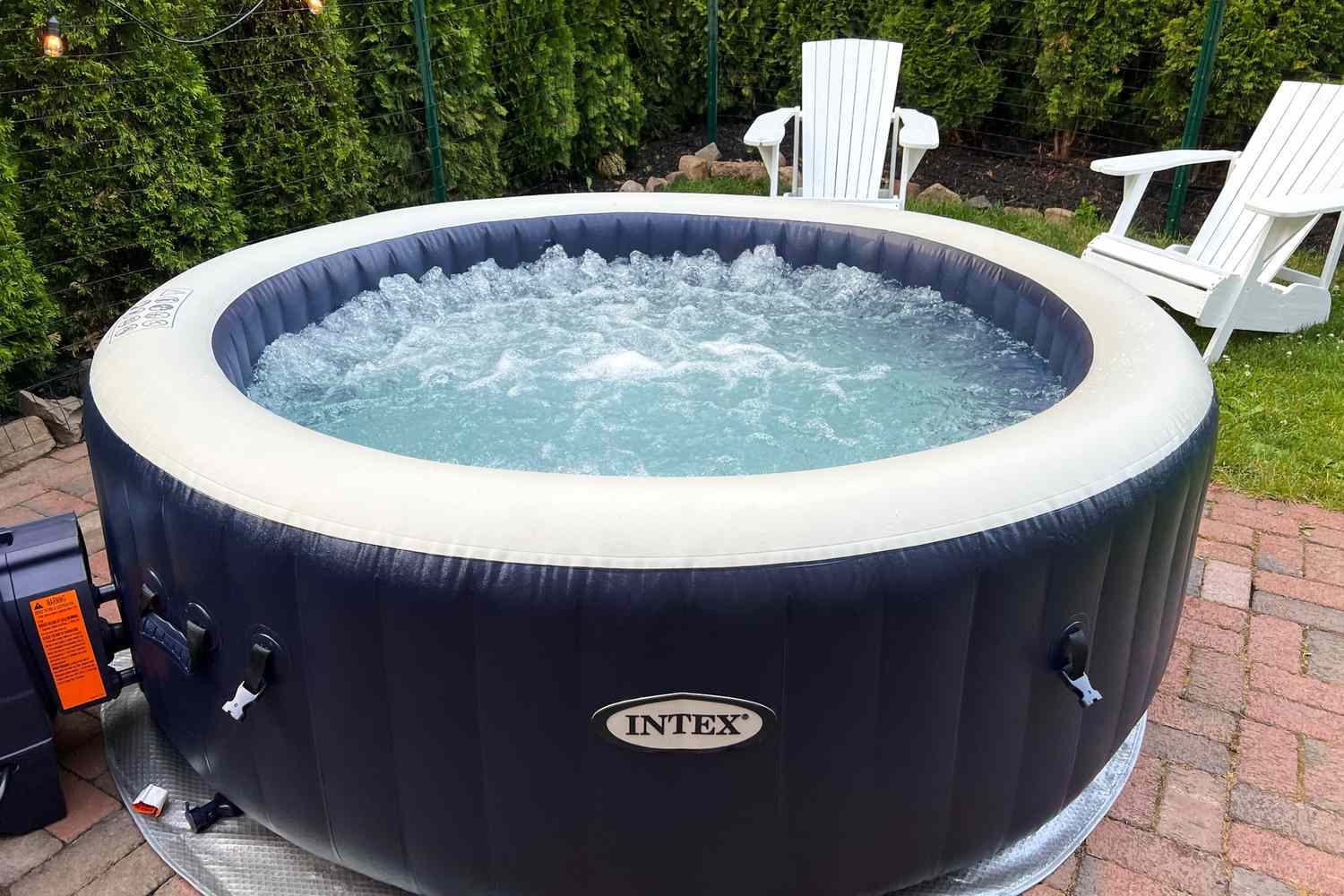
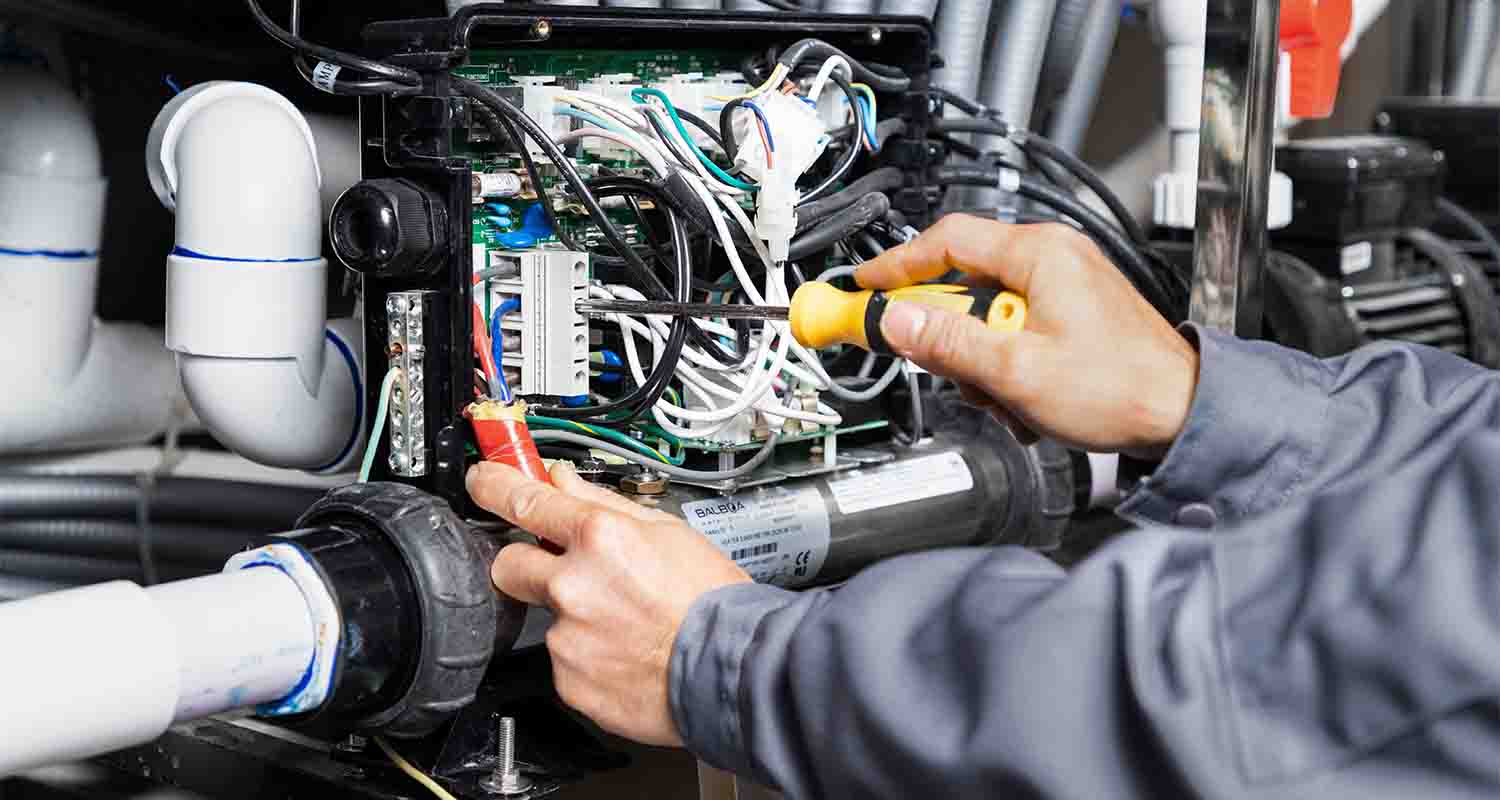
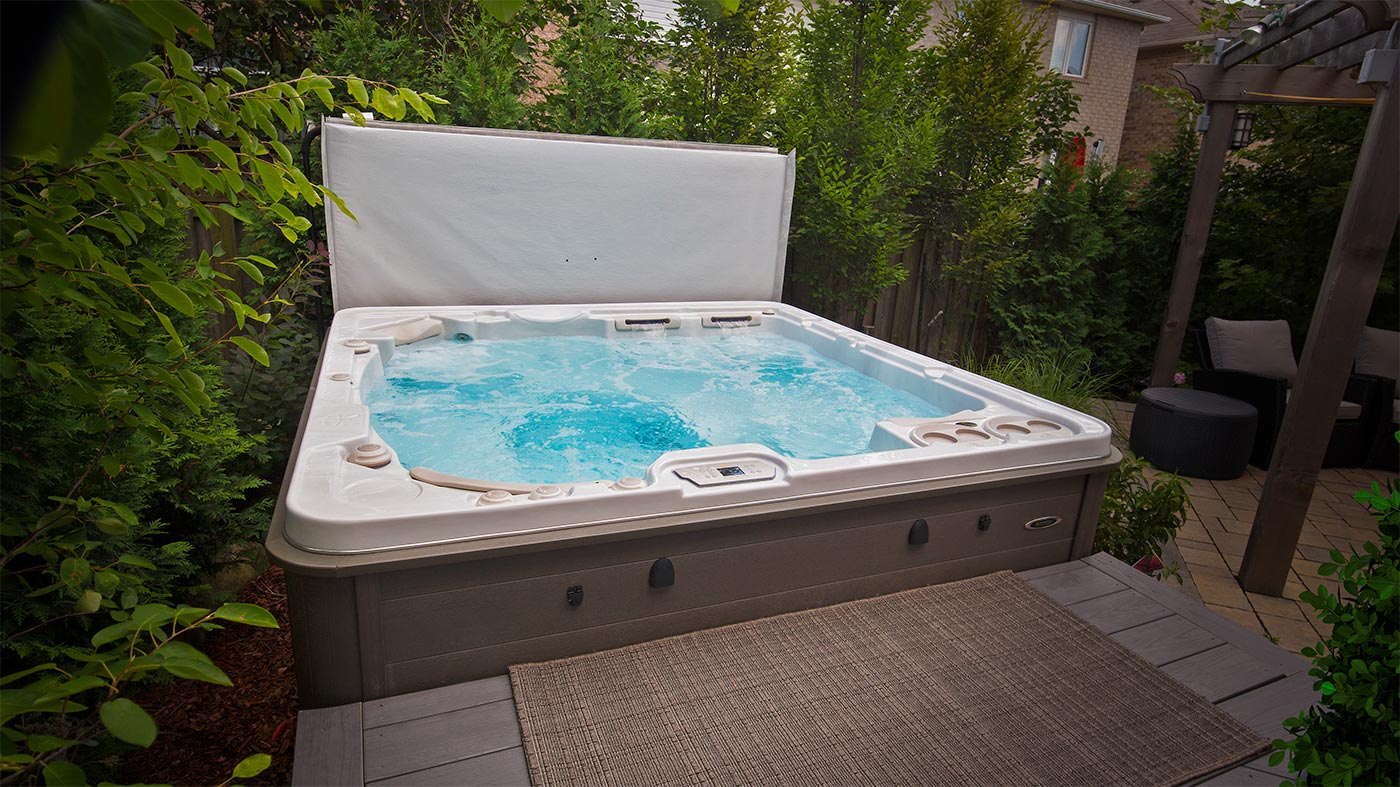
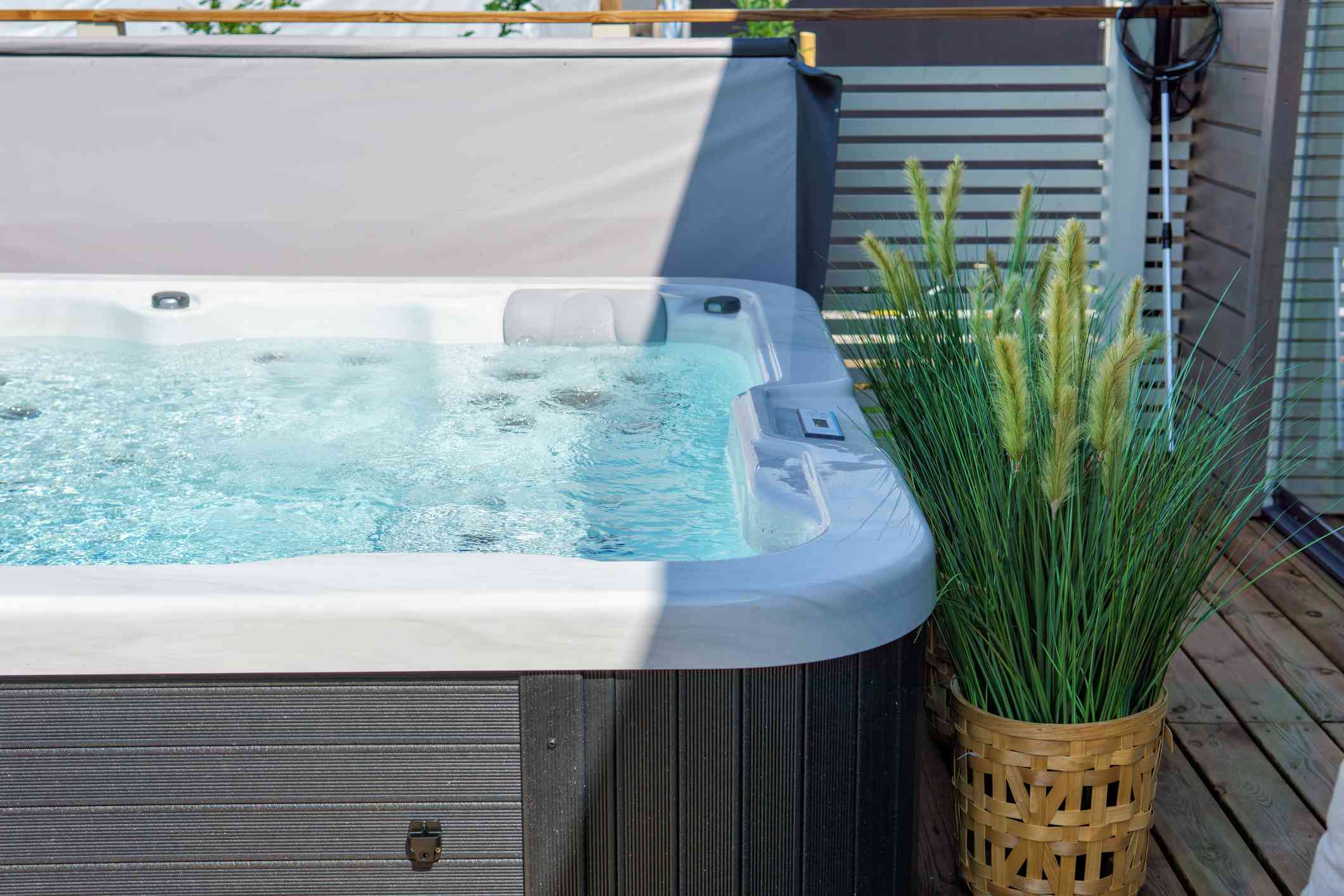
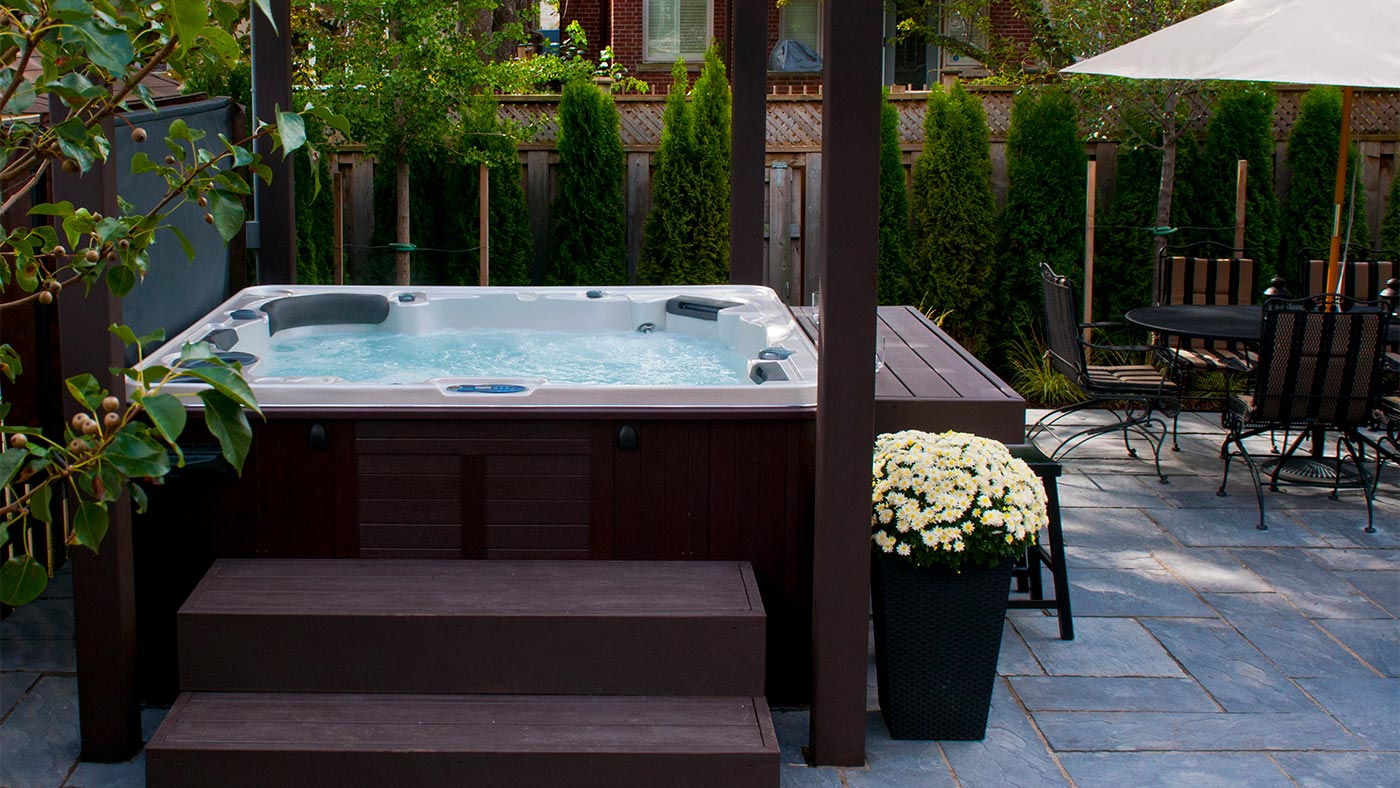
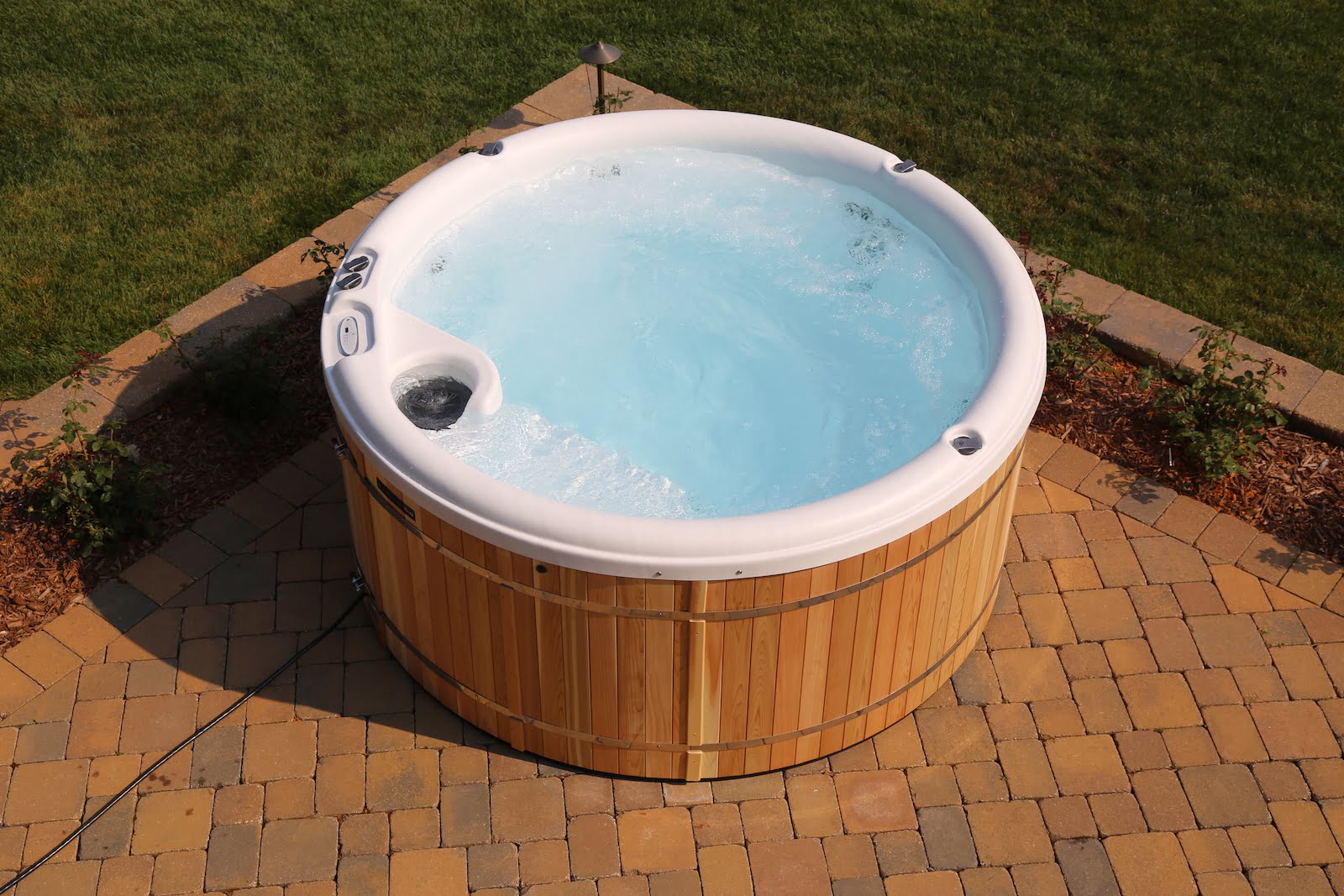
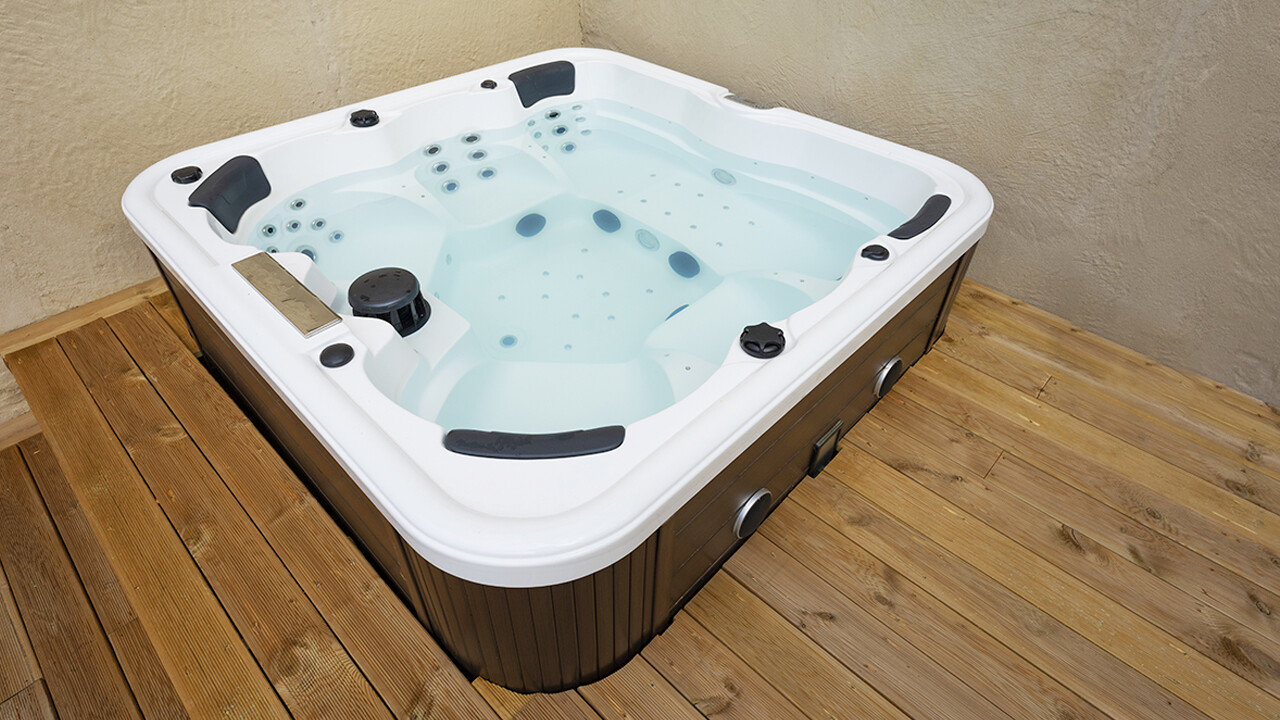

0 thoughts on “How To Repair Hot Tub”